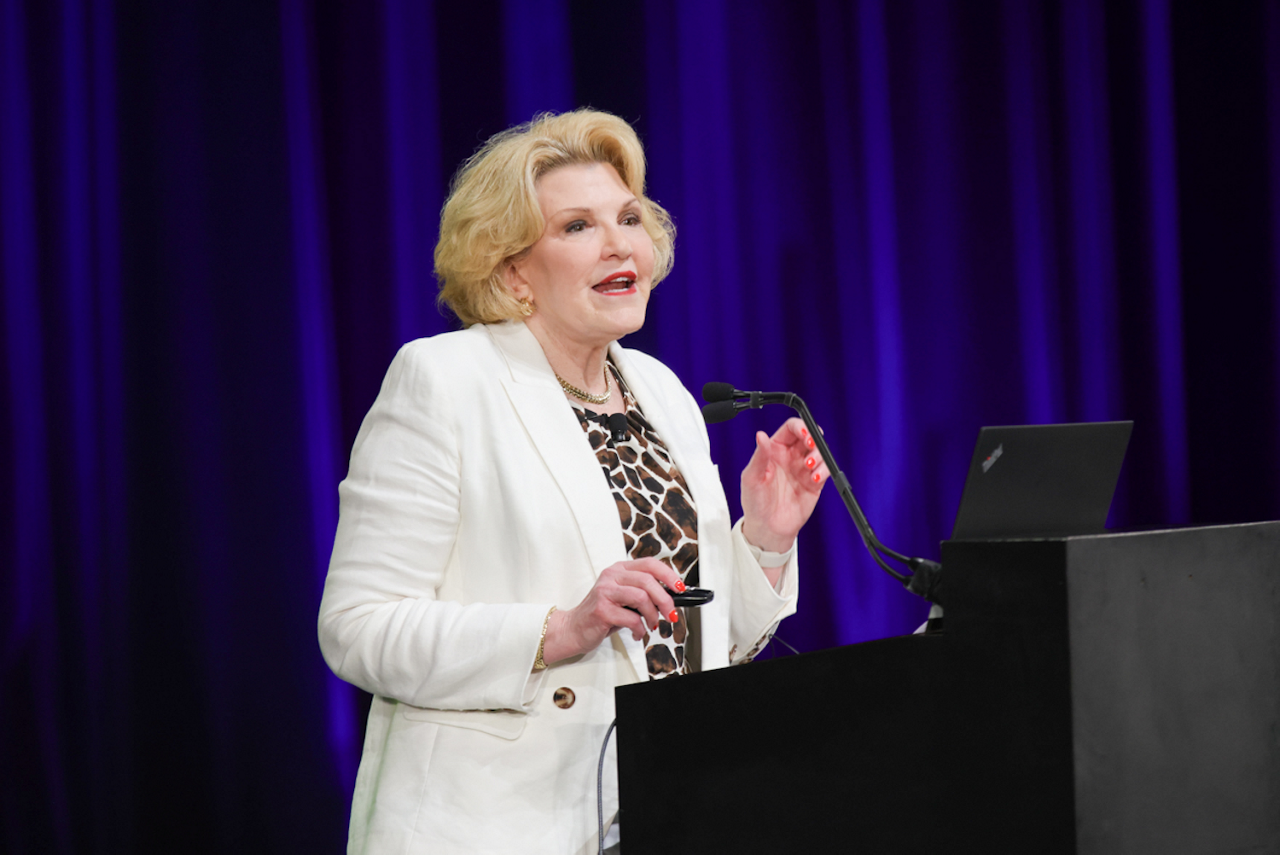In 2022, the Maryland General Assembly overrode Gov. Larry Hogan’s veto to enact the law that created the Family and Medical Leave Insurance (FAMLI) program. Applicable to all employers with Maryland employees and starting July 1, 2026, the program will provide most employees in Maryland with 12 weeks of paid family and medical leave, with the possibility of an additional 12 weeks of paid parental leave. Contributions from employers and employees to fund the program will begin July 1, 2025.
There is much that employers may need to do to prepare. That preparation will depend on regulations issued by the Maryland Department of Labor (MDOL) to implement the law. Thus far, the MDOL has released two sets of proposed regulations, with more to come. The first set, released in October 2024, covers general provisions, contributions, equivalent-private insurance plans, and claims; the second set, released on Jan. 13, 2025, and currently open for public comment, covers dispute resolution.
The law sets forth a general framework for the program and consists of the following elements:
Leave Amount and Reasons for Leave
Effective July 1, 2026, all employees who have worked at least 680 hours in Maryland over the prior 12 months will be eligible to receive up to 12 weeks of paid leave for their own serious health condition, to care for a family member’s serious health condition, for parental bonding (including kinship care), to care for an injured or ill military service member who is next of kin, or for certain qualifying exigency reasons related to a service member’s active duty. If an employee has taken FAMLI leave for their own serious health condition, they may receive an additional 12 weeks for parental bonding purposes (and vice versa). The law requires employees to take leave in a minimum of four-hour increments.
Family members include the child of the employee or their spouse; the parent of the employee or their spouse; the employee’s spouse or domestic partner; and the employee’s grandparent, grandchild, or sibling. These include biological, adopted, foster, step, legal guardian, and in loco parentis relationships.
Contributions
The benefits will be administered through a state program, which will be funded through contributions from employers and employees, starting July 1, 2025. The rate of contribution will be determined annually by the Maryland secretary of labor but is capped at 1.2% of an employee’s wages, up to the Social Security wage base (which will be $176,100 in 2025). The law splits contributions 50-50, unless the employer elects to make the employee share of the contribution as well. The law does not require small employers (those with fewer than 15 employees) to submit the employer portion of the contribution (although employee contributions are still required), and the Maryland Department of Health will reimburse certain licensed/certified community health providers for up to the full amount of their share of the premium.
Employer Notice to Employees
The law requires covered employers to provide written notice to employees of their rights and duties under the law upon hire, annually, and within five days when leave is requested or when the employer knows leave may qualify.
Employee Notice to Employers
If the need for leave is foreseeable, the law requires employees to provide employers with at least 30 days’ written notice of their intention to take leave. If it is not foreseeable, they must provide notice as soon as practicable and generally comply with the employer’s absence-reporting requirements. If intermittent leave is required, the employee must make a reasonable effort to schedule the leave so that it does not unduly disrupt business operations.
Employee Application for Benefits
Employees may apply for benefits up to 60 days before and 60 days after the anticipated start date of the leave, although the MDOL may waive the filing deadlines for good cause. Employers have five days to respond to an application.
Interaction with Other Benefits
FAMLI leave will run concurrently with federal Family and Medical Leave Act (FMLA) leave. Employers may not require employees to use vacation, sick leave, or other paid time off before or while receiving FAMLI benefits, although employers may permit employees to use such leave to bridge the difference between FAMLI benefits and full pay. However, if an employer provides paid leave specifically for purposes of parental bonding, family care, military leave, or disability, the employer may require employees to use such leave concurrently or coordinated with FAMLI leave. Employees receiving unemployment insurance benefits or workers’ compensation benefits (other than for a permanent partial disability) are not eligible for FAMLI benefits.
Job Protection and Health Benefits
The law states that, during FAMLI leave, employers may discharge employees only for cause. They must otherwise be reinstated to their job, unless the employer determines that reinstatement would cause “substantial and grievous economic injury” to its operations and has notified the employee of that fact. In addition, the law requires employers to maintain the employee’s health benefits during FAMLI leave.
Private Employer Plans
Employers may establish their own plan or use a certified third-party insurance plan that meets or exceeds the rights, protections, and benefits provided to employees under the law. For such private employer plans to be valid, the MDOL, which is directed to establish “reasonable criteria” for such plans, must approve the plan.
Fiona W. Ong is an attorney with Ogletree Deakins in Baltimore. © 2025 Ogletree Deakins. All rights reserved. Reposted with permission.
An organization run by AI is not a futuristic concept. Such technology is already a part of many workplaces and will continue to shape the labor market and HR. Here's how employers and employees can successfully manage generative AI and other AI-powered systems.




